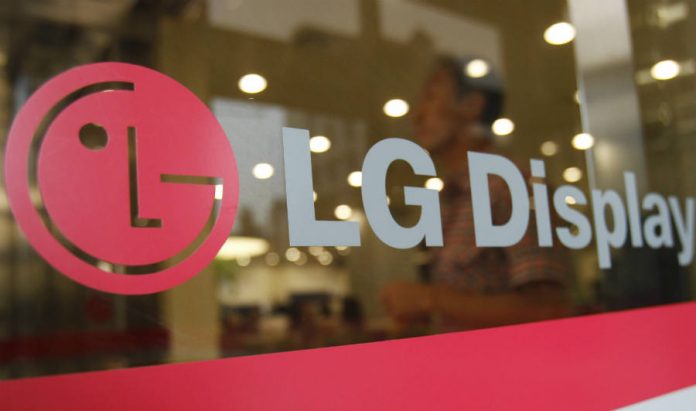
LG Display Co. will invest up to $1.75 billion to enhance their organic light emitting diode screens (OLED) production capabilities to cope with the growing demand of manufacturers such as Apple and some Chinese smartphone makers.
Manufacturers make OLED panels with carbon-based materials that emit light when electricity is applied to them, unlike LCD displays they do not require filters or backlight. OLED technology is more efficient, simpler to make and much thinner than its counterparts. Its advantages include having a fast response time, wide viewing angle and brilliant colors.
LG Display announced on Wednesday that it would spend roughly $1.75 billion to build a new mass production line that will be able to manufacture sixth generation plastic OLED panels, featuring a monthly output capacity of 15.000 OLED sheets per month. This decision came after LG Display also invested 450 billion to set up a new OLED production plant in Gumi, near the company’s existing OLED production lines in North Gyeongsang Province.
LG has been focusing on large-size OLED displays such as TVs for a long time, but with this new shift towards smaller panels, the organization is looking to make a name for being smartphone screen manufacturers.
LG Display Co. is challenging Samsung in its turf
The IHS estimated that the market for flexible OLED would grow from 59 million units in 2016 to 416 million units in 2020 due to their rollable and bendable capabilities. However, the OLED market is currently dominated almost single-handedly by Samsung Display Co. with 97.7% of the market’s distribution by the end March. LG is a distant second with only 0.9 percent followed by the Taiwanese AU Optronics Corp with a 0.7 percent.
One of LG Display’s most prestigious clients, Apple, said on Tuesday that it sold 40.4 million iPhones in the third quarter which translates to 15% less than last year, but slightly better than what the company expected.
There are two sides to every story… now you can tell both. #OLED pic.twitter.com/f4xqaHegqw
— LG Comm Displays (@LGCommDisplays) July 27, 2016
Also, Apple is planning to start using OLED displays as the main component for its new iPhones as soon as next year which is also one of the main reasons LG display is enhancing its production capabilities. For the time being, Samsung will become Apple’s primary OLED supplier as LG does not have enough production capacity.
“A paradigm shift to OLED represents both a challenge and an opportunity for the display industry…LG Display is determined to become the leader in the fast-growing OLED market through timely investments to maximize efficiency,” said Dr. Sang-Beom Han, CEO of LG Display
LG was the leading company in large-size OLED screens back in 2013, and they still dominate the OLED TV market, but they are making a significant effort towards smartphones screens, a market currently led by their South Korean rival, Samsung.
Source: LG Display










